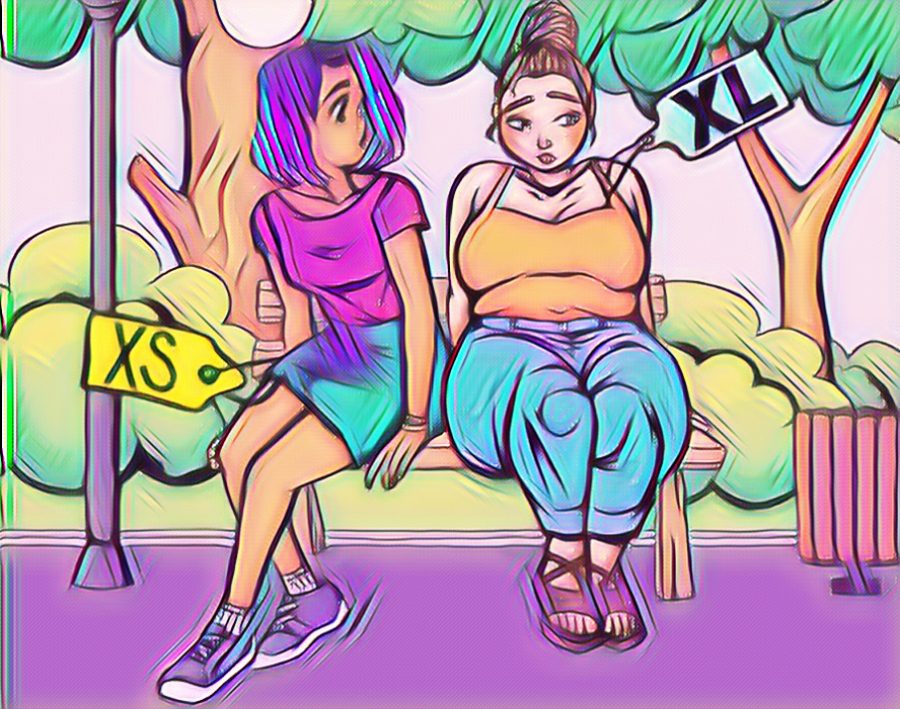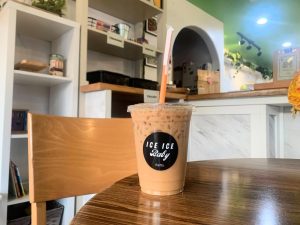How clothing sizes affect teens
Amidst its label as a positive pastime, shopping can in fact have disastrous effects on young teens, who associate their self-confidence with their clothing size.
March 21, 2022
Shopping is oftentimes seen as a fun way to spend your day and relax. However, for many it can be the dreaded task of never being able to find the right size and comparing your body to those around you. This constant comparison often shatters a young teens self confidence.
Depending on where you shop, the sizes are always inconsistent. This is usually seen in jeans, where a 7 in one store can be a 15 or 32 in other stores. Shirts of the same size can also be labeled both small and large in different places. Labels like this can leave people confused as to what their real size is and can make exploring new stores a confusing task.
For those who are plus size, it is an even worse experience.
Keeping up with the latest trends can be extremely important to many, however, most trendy stores such as Urban Outfitters, Pacsun, Brandy-Meville and many other stores often discriminate against those who are plus size by never carrying all sizes. Even when stores do cater to plus size people, they often resort to providing a few plus size items rather than a whole section of the store.
A great example of this is Brandy-Meville, a store that uses size manipulation to make young kids feel like if they are not a size small, then they are not normal. Due to all the backlash Brandy-Melville has received for not being size inclusive, they now carry some mediums in certain items. However, this is still not enough for anyone large or above. Their misleading “one size fits all” policy further shows the fact that you can only shop there if you’re thin enough to fit into the very exclusive sizes.
Society has already put so much pressure on teenagers, so by seeing predominantly thin models and small fitting clothing, it only grows the toxic perspective of how worth is based on size. This is extremely dangerous for young teenagers who are still developing, as it encourages eating disorders and similar behaviors. More importantly, it continues the discrimination towards different body types.
Our society has progressed in becoming more body inclusive with the addition of plus size models and the body positivity movement. However, there is still a long way to go for society to start treating all sizes as though they are equal.
















